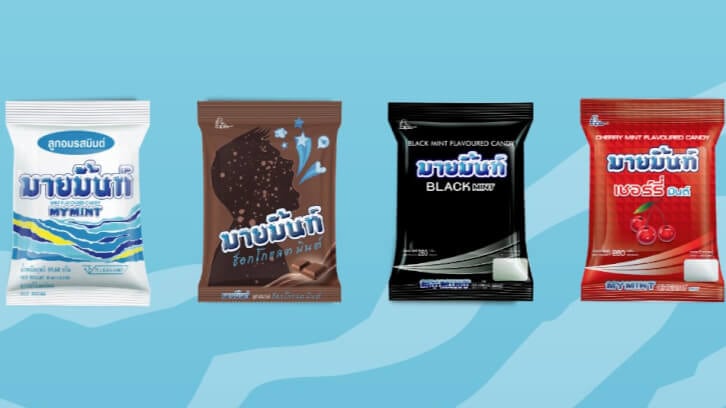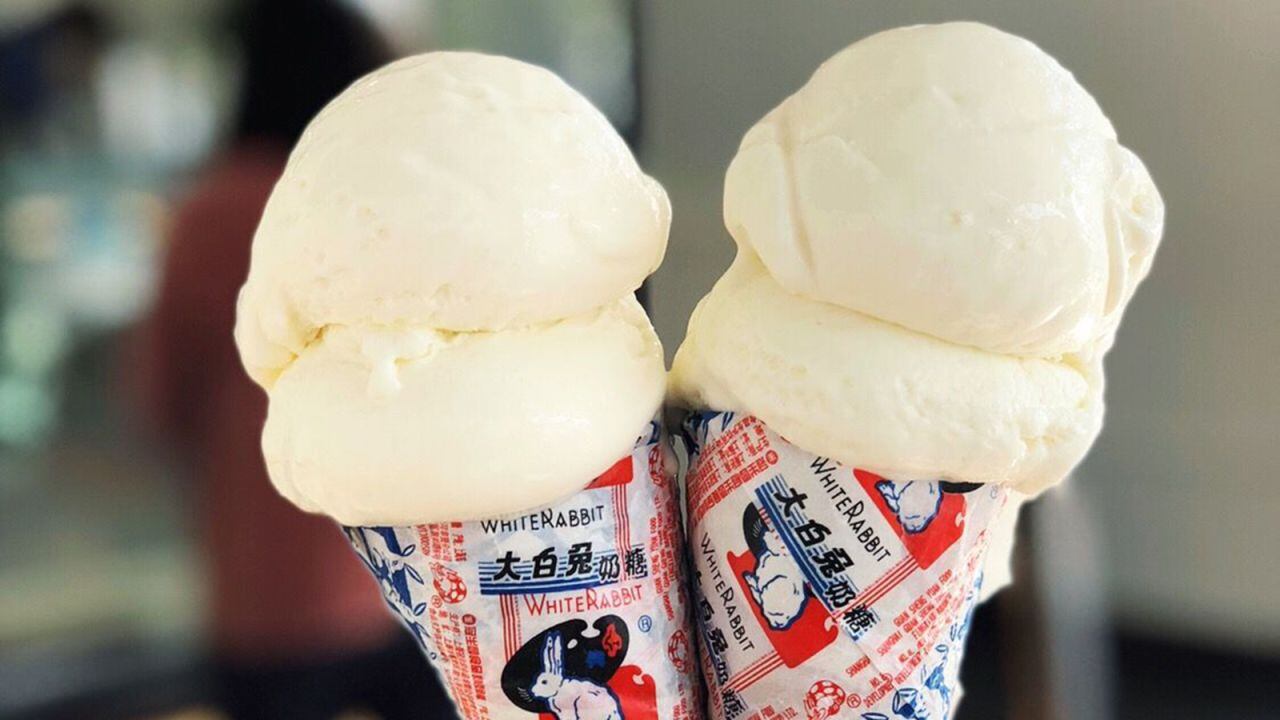Boonprasert is celebrating its 50th anniversary since it was first established in 1973. Throughout its long history, it has cemented its position as one of the largest and oldest confectionery manufacturers in Thailand.
However, given how rapidly consumer interests and demands are changing today when it comes to the intake of their sweet treats, the firm has realised that it also needs to evolve in terms of its product innovation according to these novel demands.
“Boonprasert is best known for our soft chewy candies and have the number one market position for these, especially our MyMint chewy candies,” Boonprasert Confectionery Marketing Manager Narong Karnjanolarn told FoodNavigator-Asia.
“Our longstanding history in the market has afforded us quite the good reputation here, and we sell across all channels in this market including major supermarkets like Lotus’s and Big C as well as convenience stores like 7-11.
“That said, we are seeing trends in the confectionery category evolve very quickly over these past few years, and one major area is in term of the rising demand for the gummy format which is particularly in demand by younger consumers such as teenagers and children – this could be because gummies can come in many forms and shapes which can attract this demographic.
“But at the same time, consumers in general have also developed a preference for candies that are unique, unusual, new and oftentimes this can come in the form of functionality – such as the inclusion of vitamins C or D, or even calcium.
“So we are developing gummy candies, researching how to incorporate functionality into these, and are also searching for new flavours that can be considered modern and unexpected – this combination of unpredictable functionality is what is needed to stand out to consumers nowadays.”
Karnjanolarn added that the idea is to focus on functionality over general health in the South East Asia region, but the firm was also aware of the demand in western markets for sugar-free or reduced sugar variants.
“Markets such as the USA and Europe see sugar reduction as a sign of a healthier candy, but the fact is that candies generally use sugar as a main ingredient and focus on flavour and taste, as that is what the category is all about,” he said.
“The fact also is that sugar-free production is possible and we are looking into it but it comes at a very, very high cost which is not so practical for some markets in this region.”
Boonprasert currently also exports to Laos, Myanmar, Vietnam, Russia, China and the United States.
“We do a lot of business with our neighbouring countries, and as it is because we make high quality candies our price tends to be higher than some other products,” he said.
“The income in these markets tends to be lower, which is in itself a challenge as we need to make them understand that our products are more expensive due to being higher quality and different from other brands, as we don’t want to enter any sort of price competition.
“But with high quality alone already being such a challenge, developing sugar free products is likely be even more challenging based on these ongoing issues and the current economic climate as well.”
Future developments
That said, Boonprasert believes that there is definitely a market for these more premium products as well.
In light of this, it has opted to simultaneously develop both more localised as well as premium innovations.
“Sugar-free products will probably be targeted to markets that have higher spending power, but at the same time we will continue to develop in the areas of hard and soft candies that we specialise in in terms of format and flavour innovations,” he added.
“We have conceptualised a fruit stall sort of scenario in order to tie in with the ‘unexpected surprise’ trend – this will see the creation of flavours such as guava with salt and spice, and tamarind with sugar and chilli, all very Thai, ASEAN flavours commonly found at local fruit stalls so consumers will feel like they are at such as stall when consuming these.”



